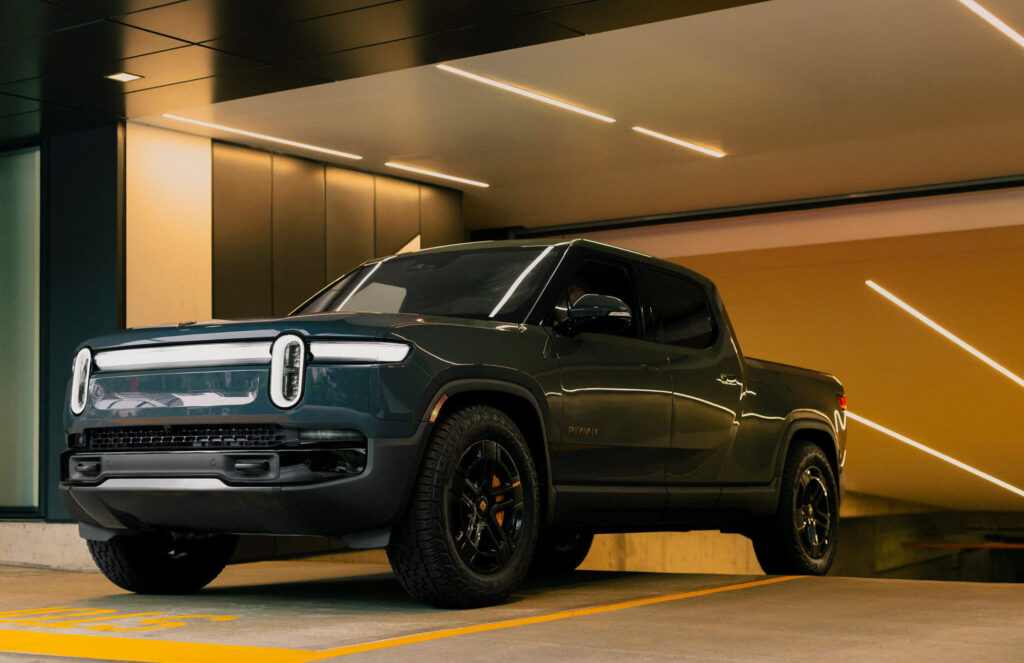Magician Teaches Transportation Directors About Connection at STN EXPO West
INCLINE VILLAGE, Nev. — Jon Petz, aformer sales executive turned professional magician and the “World’s Only Amazement Artist,” demonstrated through magic tricks and puzzle solving that “moments of amazement” can provide opportunities for real connection.
“We fall in love with how difficult a problem is, but what if we tried to simplify it?” he queried at the Transportation Director Summit on Saturday morning. He presented a series of brainteasers with simple solutions, like the college student who suggested letting the air out of the tires of a truck stuck under an overpass.
The transportation directors, managers and vendor partners gathered in the room at The Chateau at Incline Village to discuss examples of novel solutions that they or their teams had come up with in their districts. These included developing an in-house student behavior management class with input from teachers, having a vendor refuel buses to avoid driver overtime and accidental school bus damage at the gas station, and inviting district administrators to work a day as a school bus driver so they gain empathy before making detrimental rules.
While some problems may have simple solutions, Petz confirmed that the jobs transportation directors perform is not at all simple. He posed a word problem: A plane is going down and some passengers need to be thrown off to reach the weight limit. He provided sheets with fictional passengers’ ages, weights and employment status and had the tables discuss who should be thrown off the plane. The exercise showed that everyone comes to different moral and ethical conclusions.
Big decisions cannot be reduced to numbers on a page, he said, which is why leaders must get curious about their employees and clients. He shared a story of a room he once observed, where a company leader celebrated huge revenue numbers while the team members seemed disengaged.
“Think about those people we serve and how we can serve them better,” Petz stated.
Throughout the day, he called attendees on stage to assist in magic and card tricks, enrapturing the crowd. He demonstrated the need to maintain a poker face in certain difficult situations, like when speaking with a difficult administrator or employee, by passing out playing cards to participants and using their facial cues to guess the correct cards.

Another way to connect with team members is to get vulnerable and share scary or “scarry” — referring to scars many of us still carry — stories. Attendees shared harrowing or gory tales with their tables and then the whole room as Petz explained that such exercises teach us so much about the people we see and work with every day.
“As leaders, we have to put ourselves out there,” Petz stated. He held up a $20 bill and asked who wanted it. Nearly every hand in the room went up but only two people got out of their seats and came forward to get it.
“You become a leader by title, but that doesn’t make you a leader,” Petz said. “Purpose is what drives your passion to do more than what you have to do.”
He recounted a stellar experience at a grocery store, when all employees enthusiastically told him about each department and sent him off with food samples. The CEO later told him, “I empower my people to make decisions that are best for each customer.”
“How do you empower your people?” Petz asked, adding that the ideas discussed during his presentation can help attendees not only better connect with others at the conference, but also their district team back home.
He lastly led attendees through a mimed event in which the audience supported the illusion of a magic trick, ooh-ing and ahh-ing at the right moments so that the recipient had an unforgettable moment.
“The simplest of moments are significant for those who we serve,” Petz summed up.
Related: STN EXPO East Offers Sports Lessons for Transportation Leadership
Related: (STN Podcast E262) Assess & Fix: The NJ Transportation Director Managing 63 Contractors
Related: Donning a Leadership Cap
Related: (STN Podcast E199) Managerial Perspectives: From Dairy Farming to Black History Month
Related: Hypnotist ‘Trance-forms’ Transportation Director Summit Minds
Jon Petz will present his keynote “Significance … In Simple Moments” Monday morning at Peppermill Resort Casino.
The post Magician Teaches Transportation Directors About Connection at STN EXPO West appeared first on School Transportation News.





























































































































































































